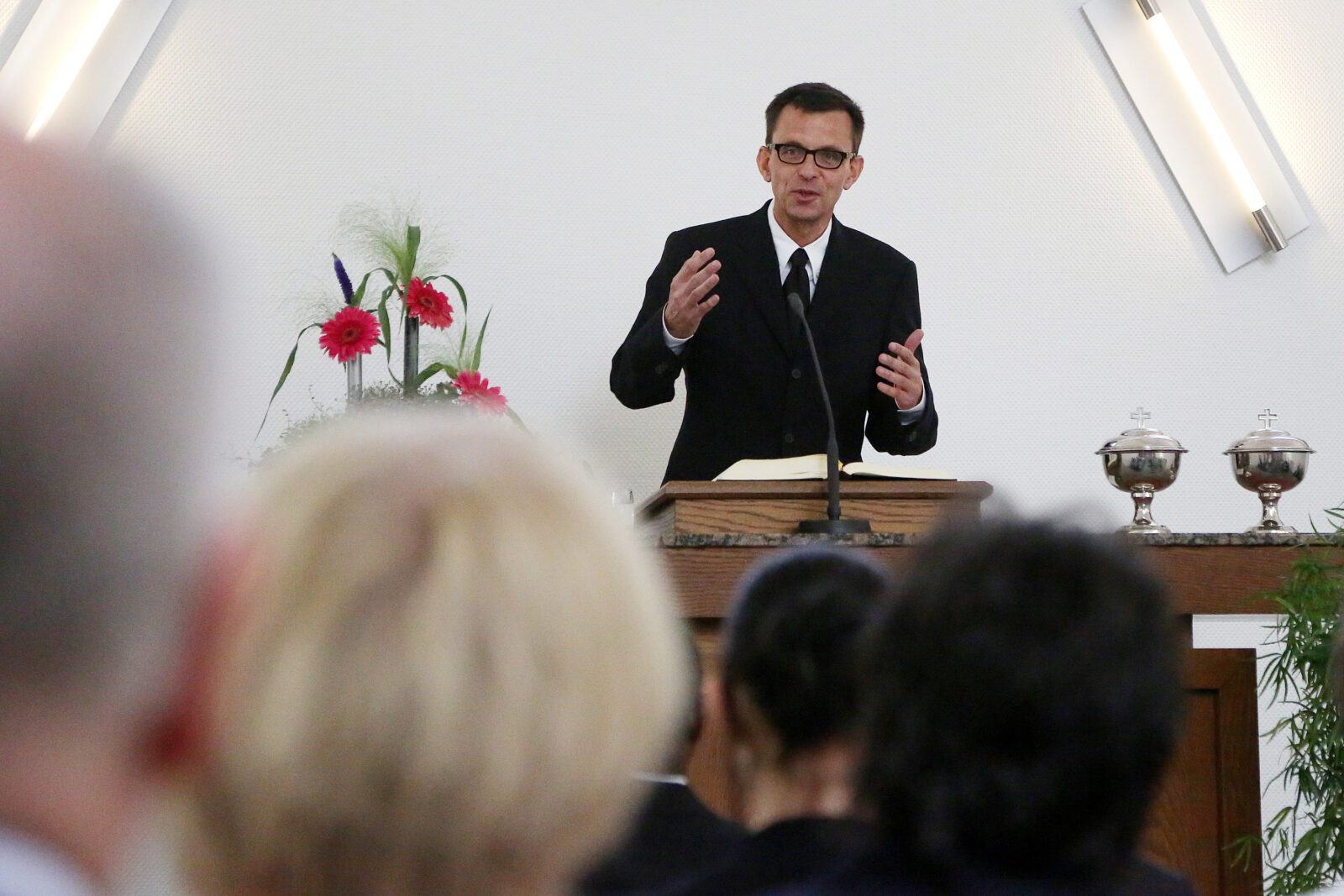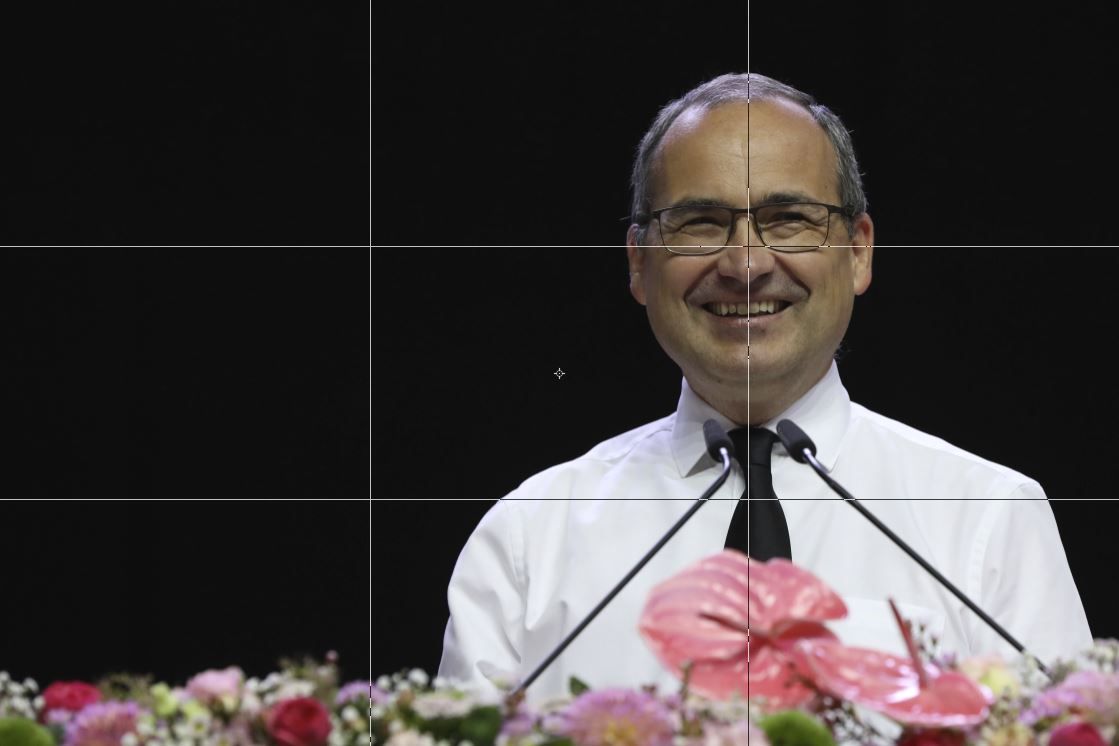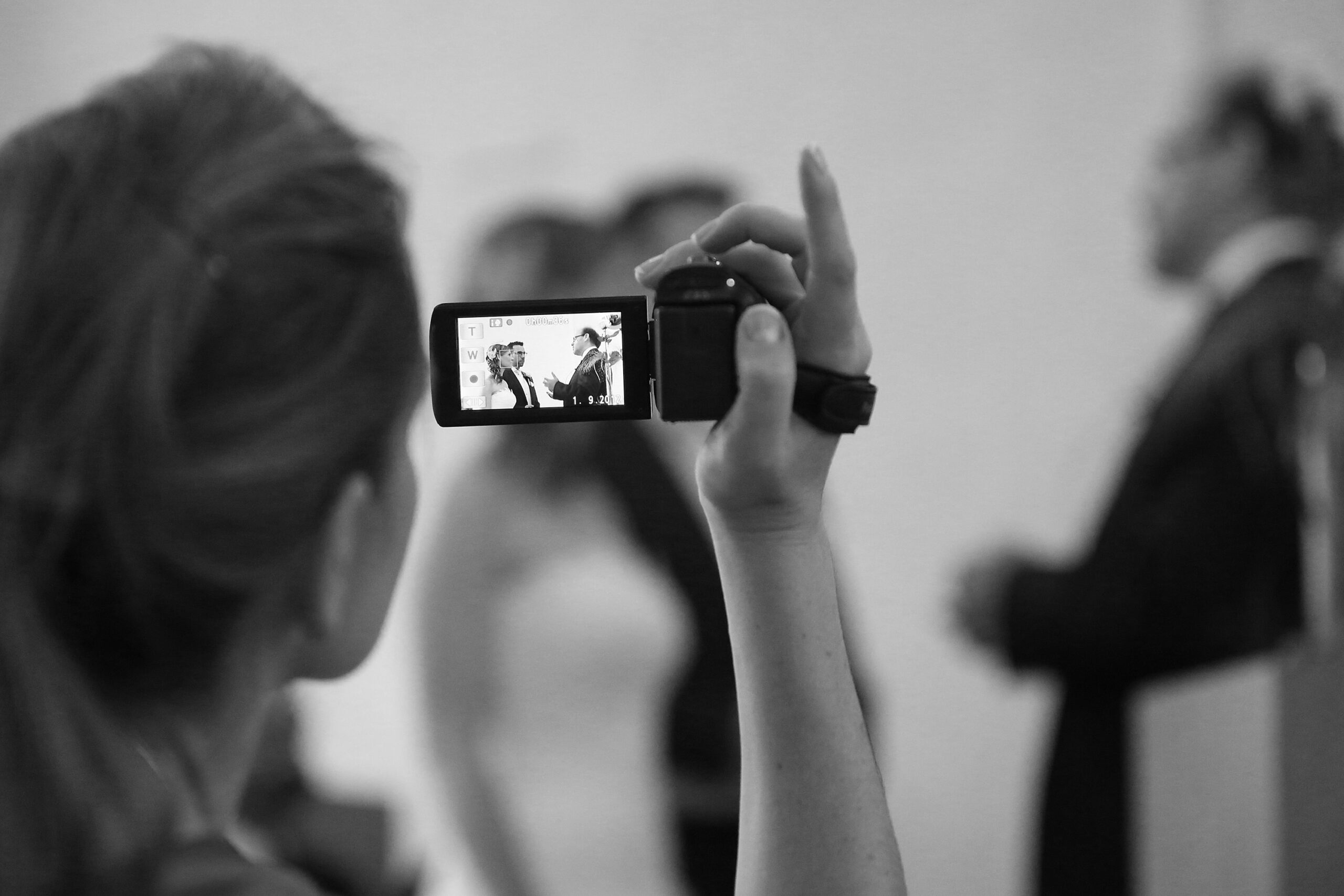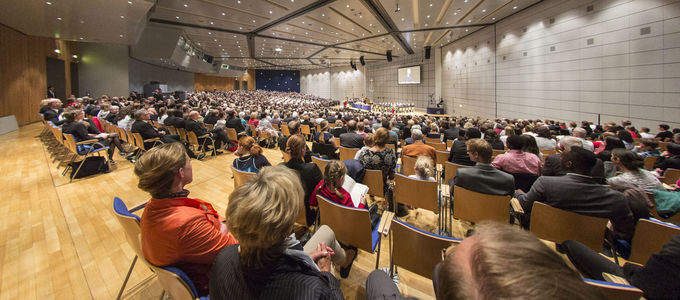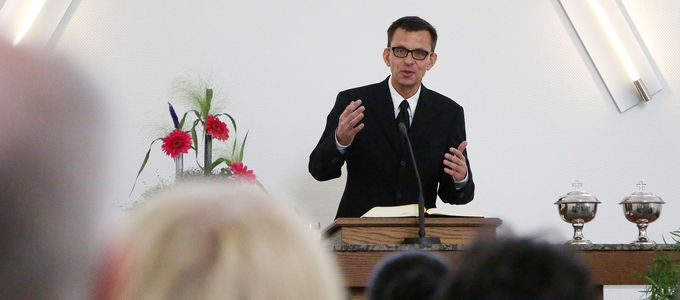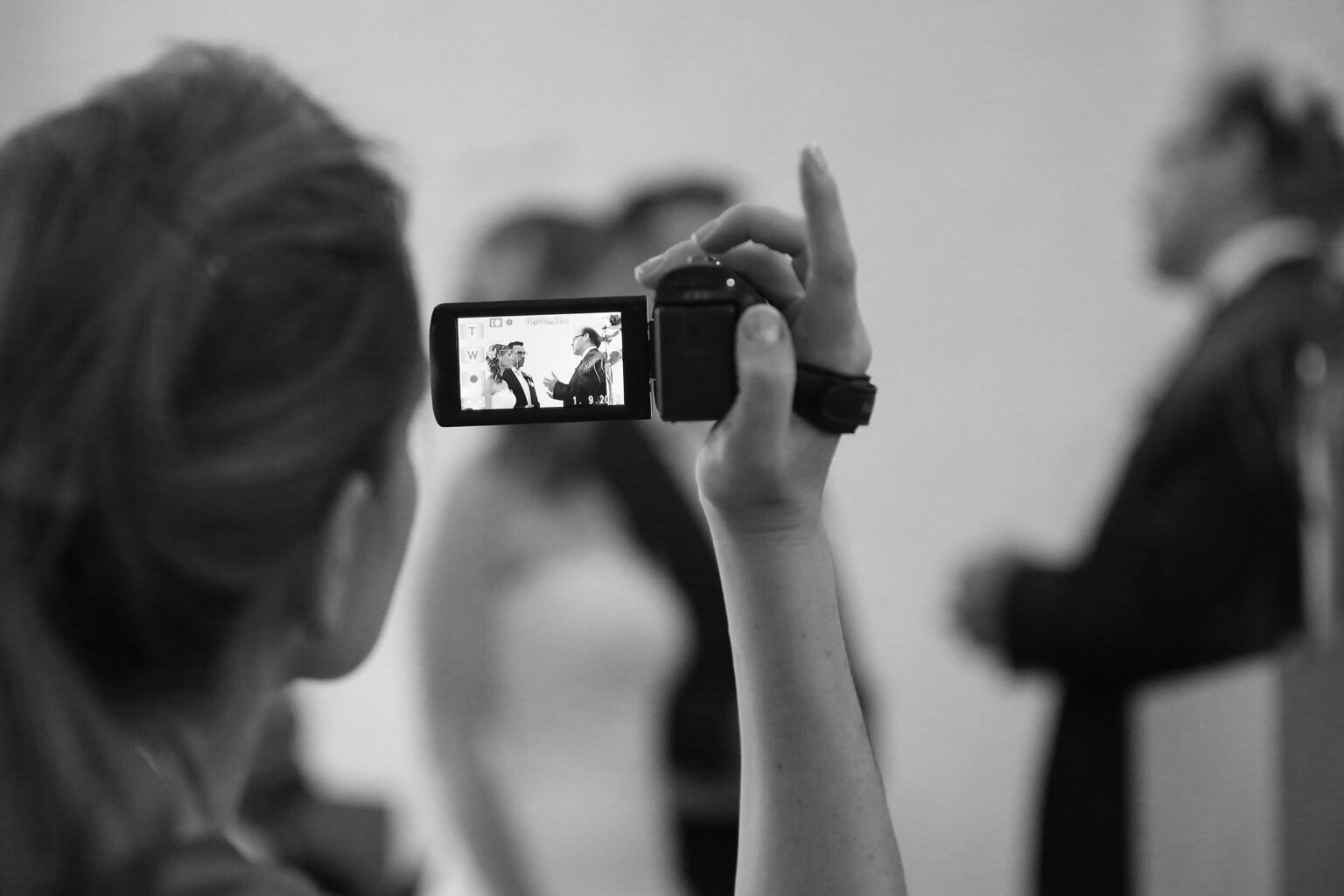
A photographer’s first duty? To talk! Something he should do long before he pushes the button on his camera in a divine service. Speaking with the people involved helps everyone and opens up new possibilities. So what’s important?
An officiant who sends the photographer to his seat in the middle of a service? How embarrassing—and not only for the photographer, but for the whole congregation. Inconceivable, you say? Well, there are photographers who could tell you stories. But if you communicate with the people involved ahead of time, things like this will not happen.
Consultation with all involved
The first conversation the photographer should have is with the client: in our case this could be the congregational rector or the district rector, or maybe your district’s editorial team. What are the pictures for? For internal use or for publication? How many pictures will be needed in the end? Will only one be needed to illustrate a report or will a whole gallery be needed for a reportage?
The first potential obstacle that a photographer might come up against are the ushers and organisers, who are only doing their job. If everyone were to get up and walk around and start taking photos, the reverence would be lost. That is why it is important to introduce yourself to the Deacons as the official photographer. And do so early enough so that they can help you find a seat in a convenient spot.
Not every officiant is used to or comfortable with having cameras pointing at him during a divine service. If the photographer introduces himself beforehand, both will be a lot more comfortable. And then you can talk about whether the officiant only wants to be photographed during the hymns and the closing benediction or also during the sermon. Always be tactful and don’t use a flash.
Consultation with fellow photographers
Maybe you will be working with other photographers—be it guests at a wedding hunting for private souvenir photos or another official photographer. In both cases it is a good idea to consult with them and roughly define who will take photos where and when. That will prevent everyone trying to capture the same beautiful moment and becoming a nuisance. Besides, you will get a greater diversity of shots from various angles.
Similarly, photographers who keep running through a cameraman’s picture will meet with little sympathy. This not only applies to the TV cameras in divine services with transmission, but also to video cameras in a more familiar setting, such as a wedding or a baptism. Consulting with camera people ahead of time helps to not get into each others’ way.
Consultation for sacramental acts
The most important time to talk with everyone involved is before divine services with sacramental acts and acts of blessing. These are moments of intense holiness. At the same time, many of the people involved would like these special moments captured on camera.
It should be noted that photography during sacraments (Holy Baptism, Holy Sealing, Holy Communion) is in effect taboo. Photos may only be taken in exceptional cases, and then only with a mandate and if all involved are in agreement. The photographer must keep a respectful distance.
These days, acts of blessing such as weddings, baptisms, wedding anniversaries, or confirmations are hard to imagine without the presence of cameras. But even so it may be useful to consult with the people involved ahead of time, and also the other photographers and videographers, to prevent these beautiful moments from turning into a kind of media hype.





